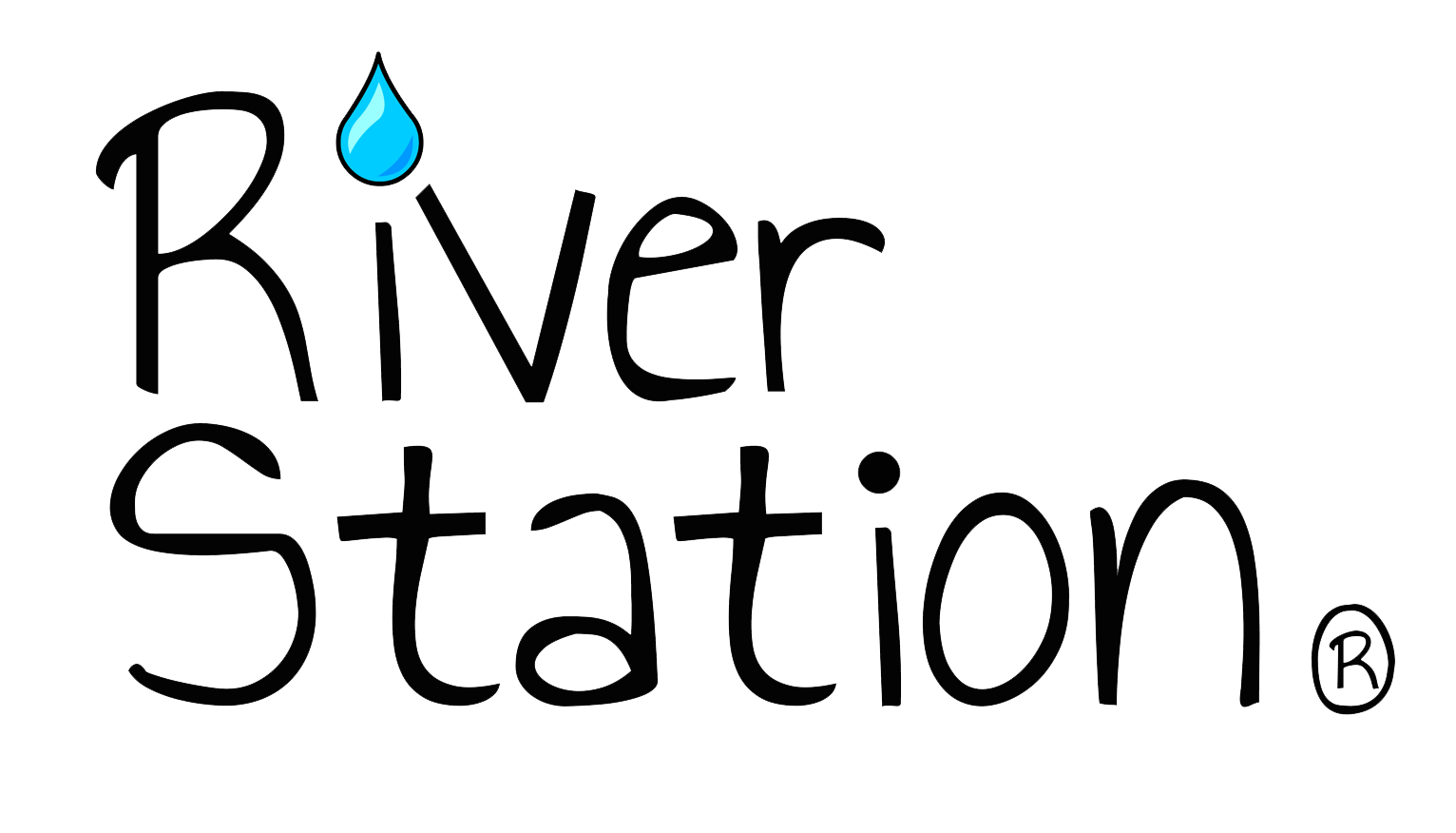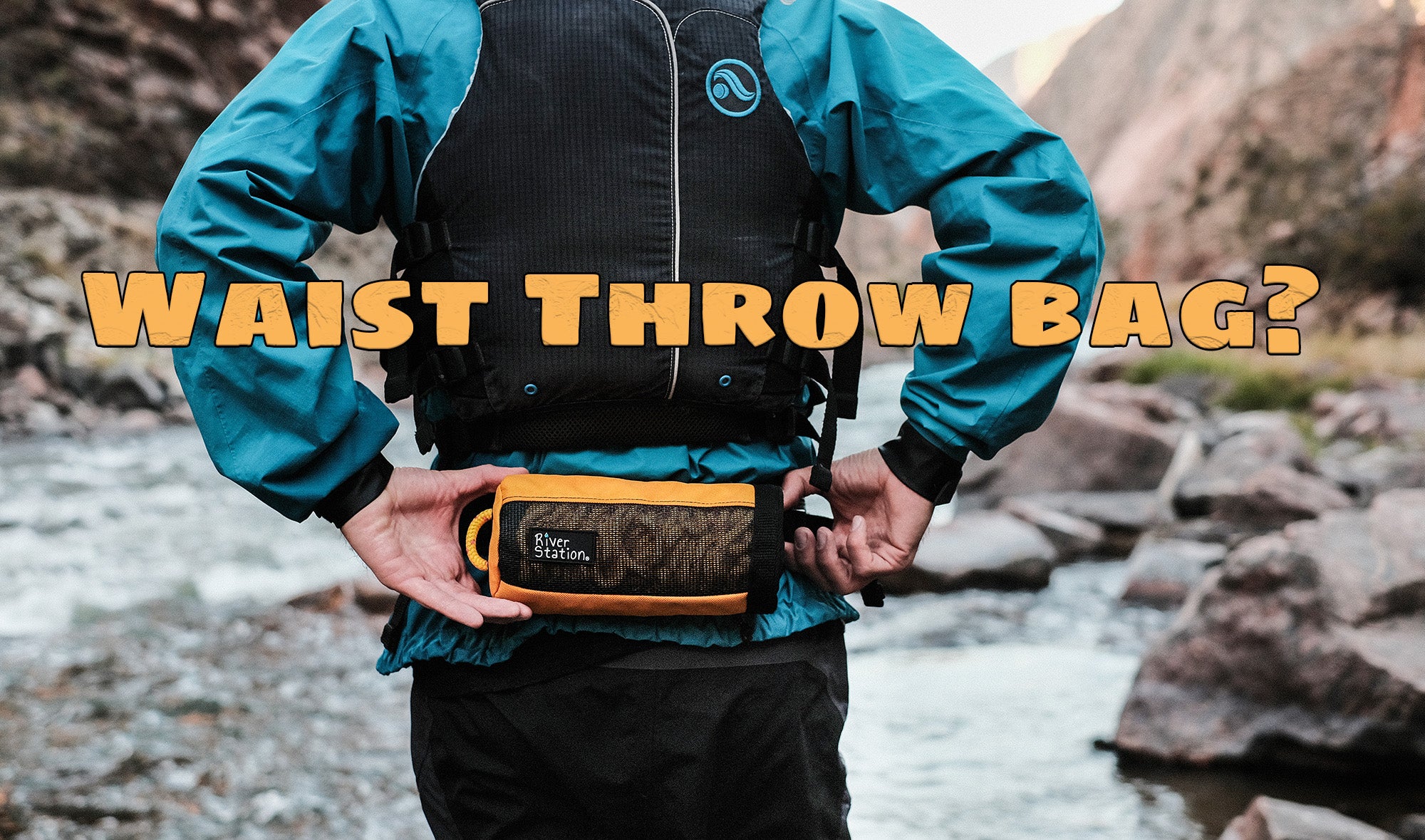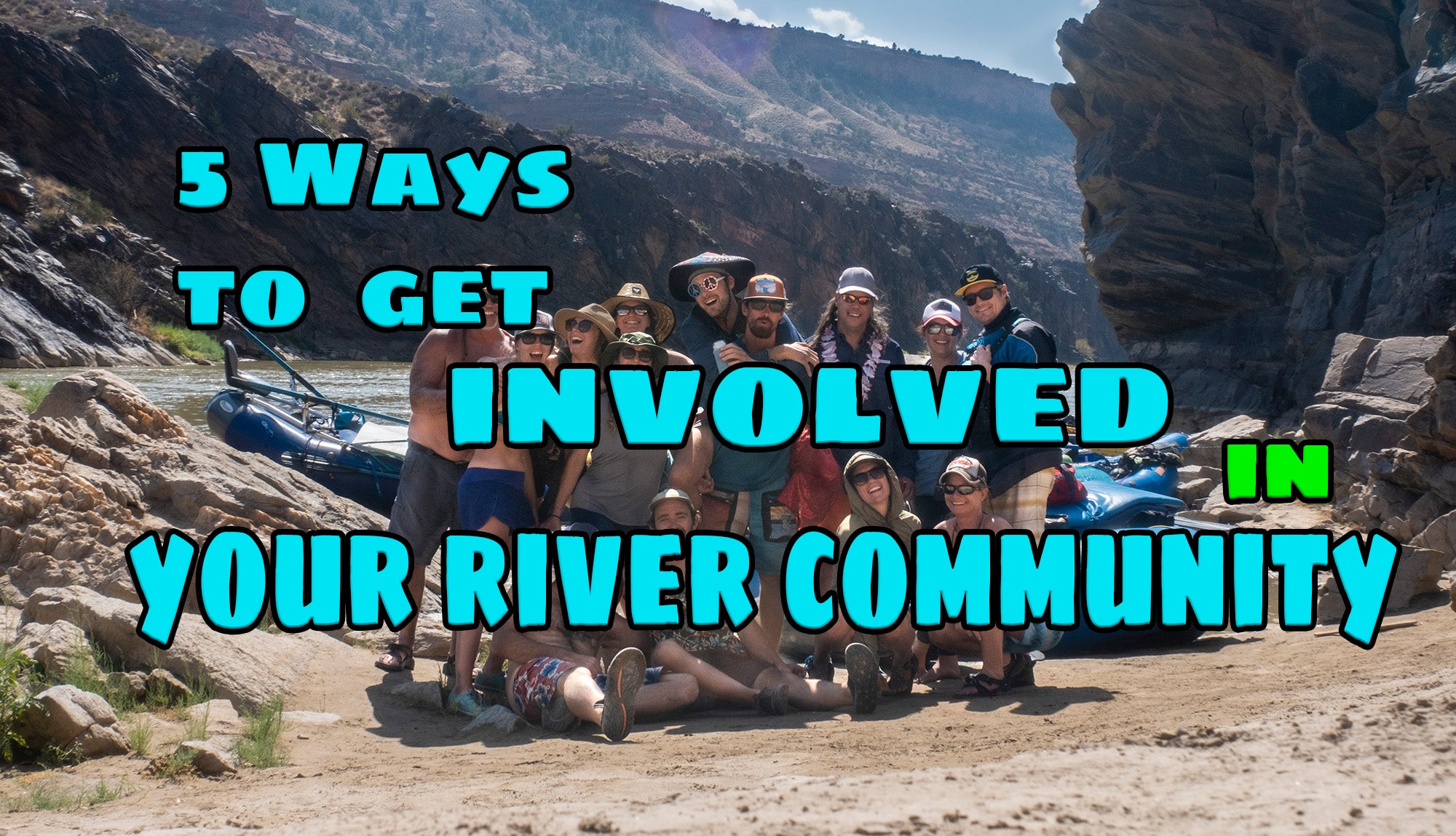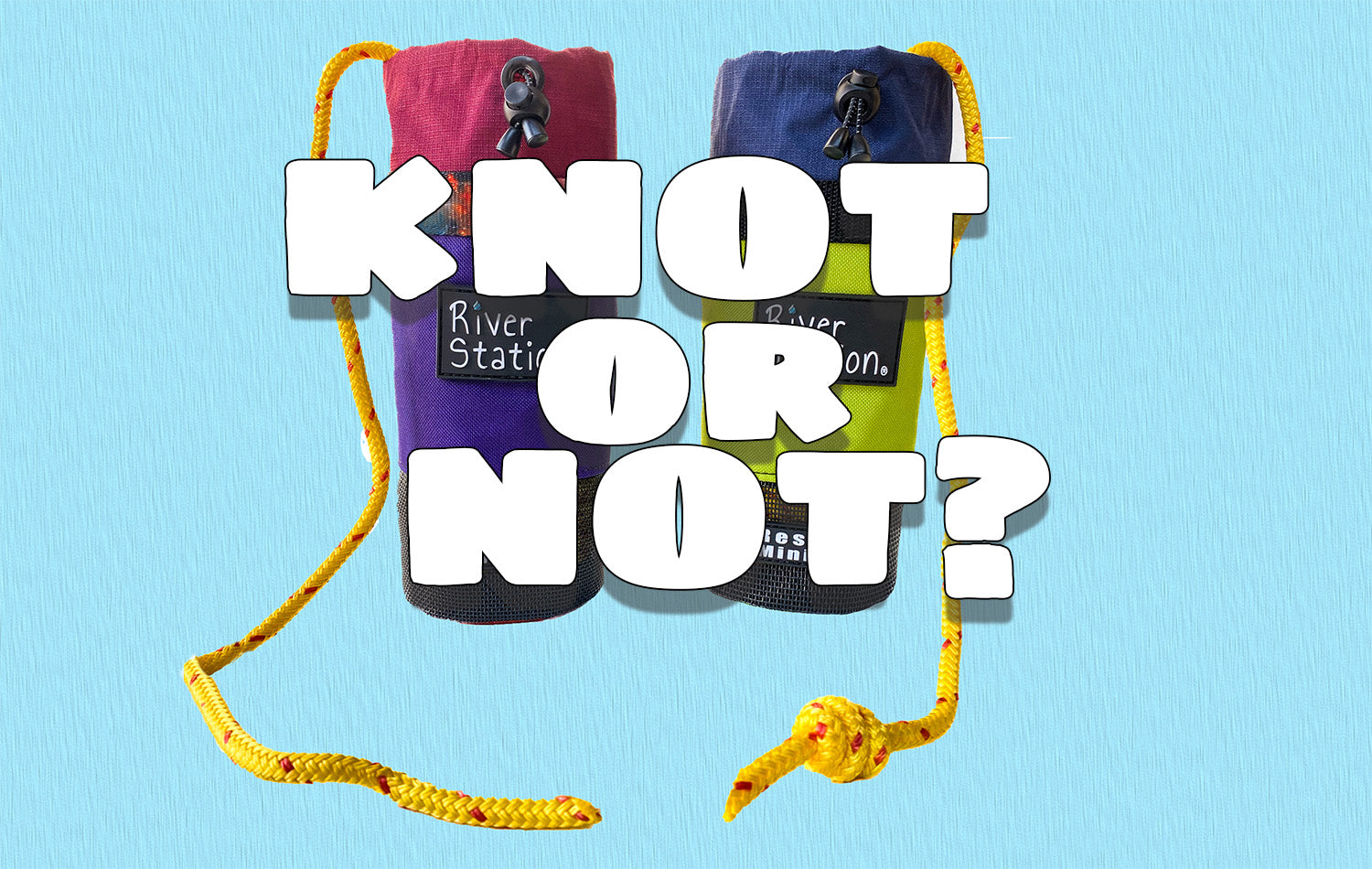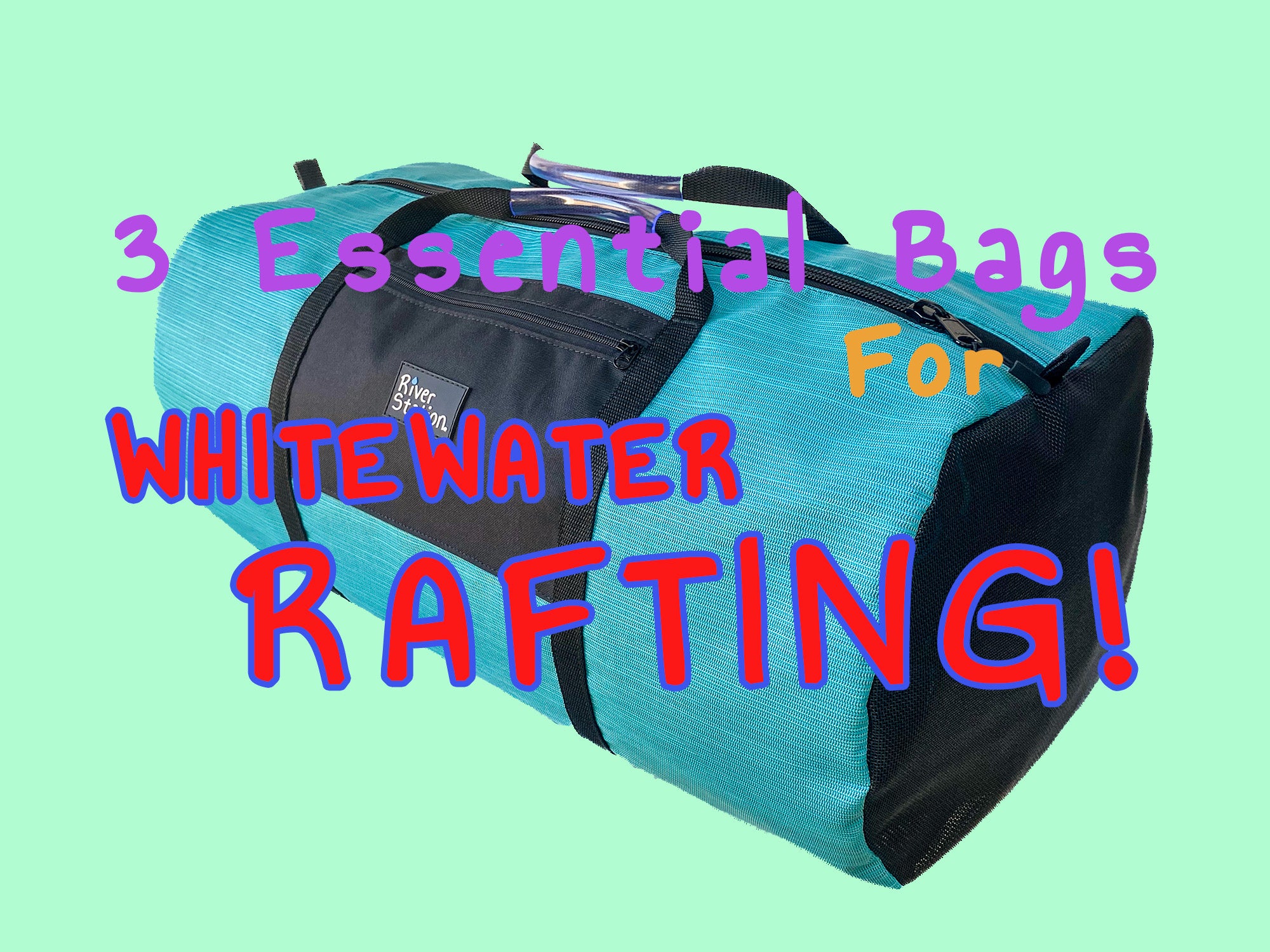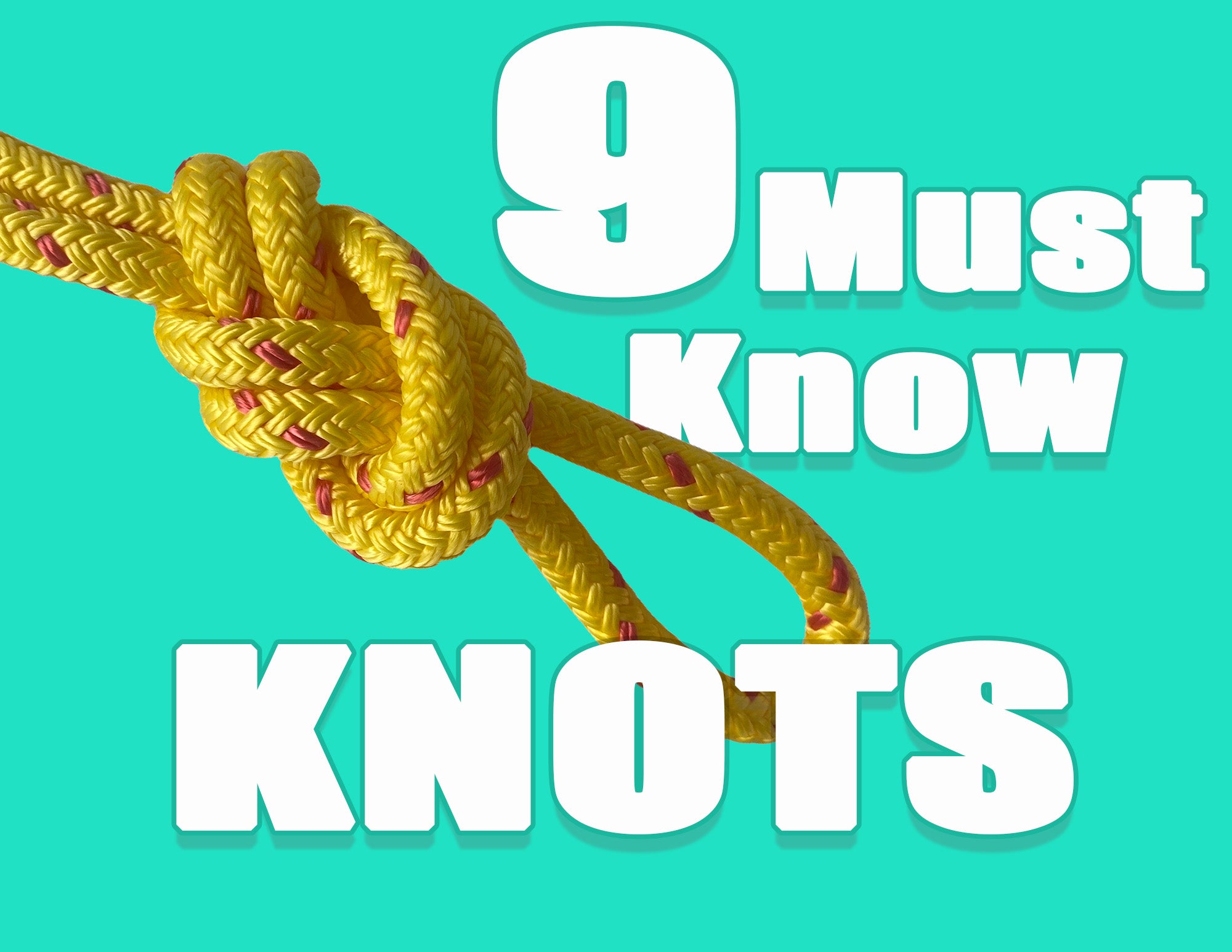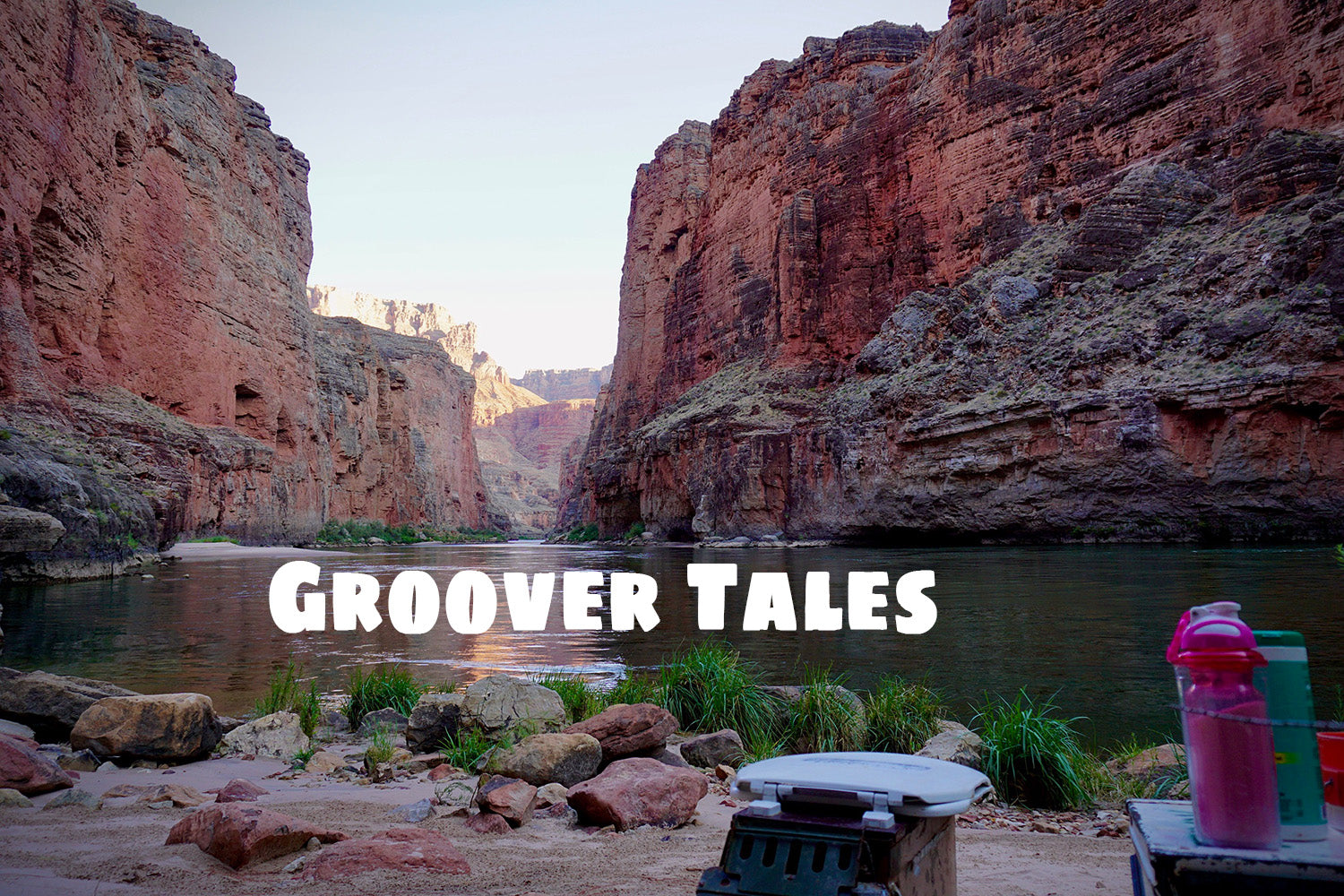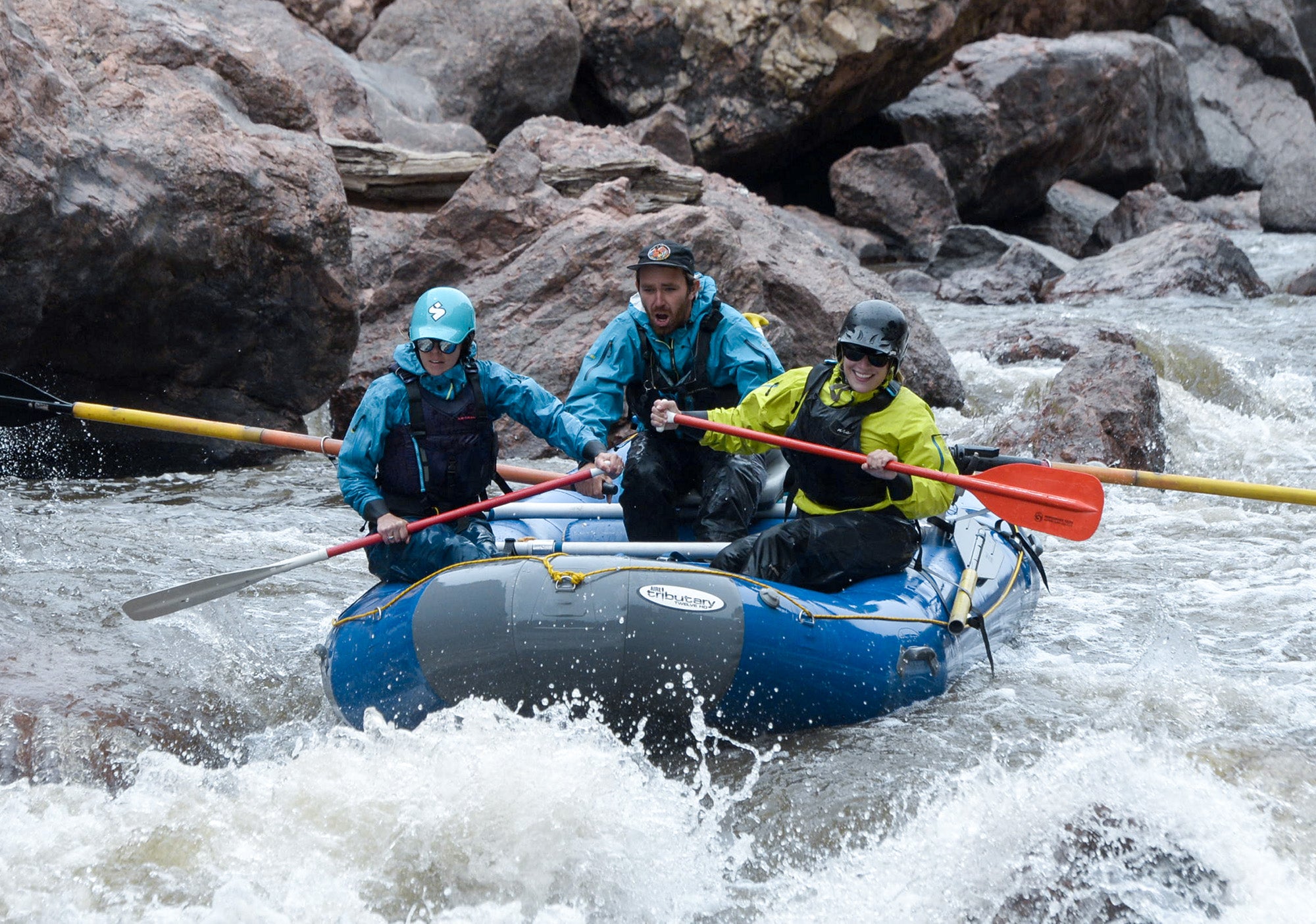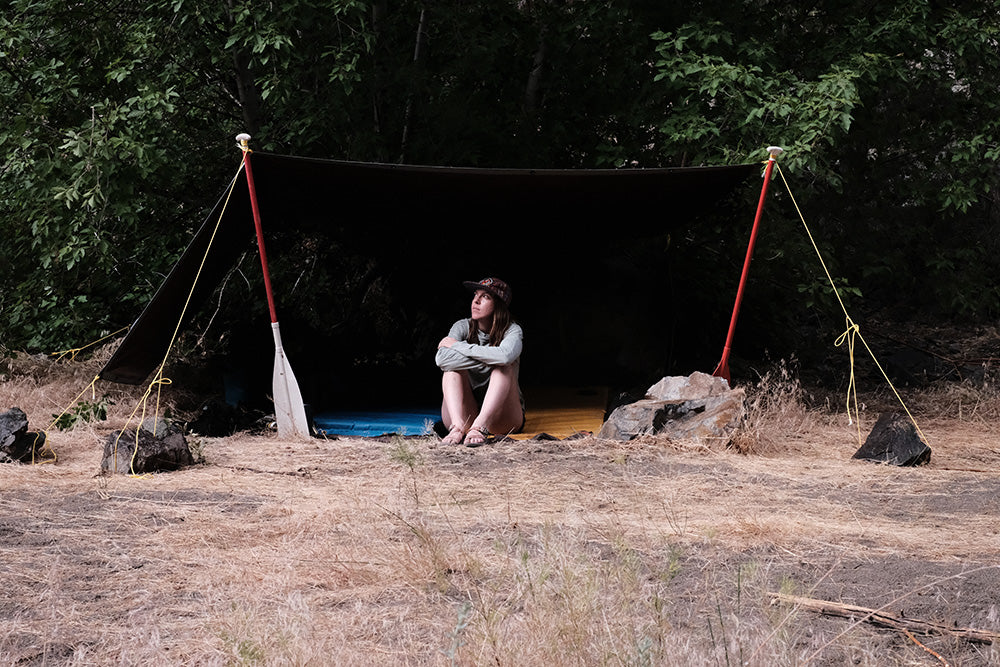The Whitewater Blog
Should You Have a Waist Throw Bag?
5 Ways to get Involved in your Local Whitewater Community
According to Colorado Parks and Wildlife regulations, “every regulated trip carries…a throw bag containing a minimum of fifty feet of rope.” Throw bags are required safety equipment for commercial whitewater rafting. However, there are no requirements for when or how to use your throw bag.
For example, some guides prefer to have a knot at the end of their throw rope, and others prefer a clean line. This personal preference is often the subject of heated debate. To learn more about this division in our river community, we reached out to guides, private boaters, Swiftwater Rescue, and industry experts.
3 Essential Bags for Whitewater Rafting.
9 Must-know Knots for Raft Guides
How (Not) To Use a Groover Toilet
What's the best meal you've had on the river?
